ORISE History
Elements of the U.S. Department of Energy asset now known as the Oak Ridge Institute for Science and Education were originally conceived by ORNL physicist Katharine Way to cultivate a peacetime purpose for the nuclear science generated by the Manhattan Project.
William G. Pollard, Ph.D., a physics professor at the University of Tennessee, led the establishment of the Oak Ridge Institute of Nuclear Studies (ORINS) on October 17, 1946. Although the name later changed to Oak Ridge Associated Universities, the organization’s mission generally remained the same as the programs it managed evolved over time.
In 1992, DOE consolidated many of these legacy programs into what became known as ORISE. DOE selected ORAU to manage the initial ORISE contract and ORAU is honored to have continuously served DOE and the DOE national laboratory system in this capacity for more than 30 years.
ORISE History Timeline
1992—1999
1992

DOE established ORISE with an operating budget of $75 million, encompassing programs long-managed for DOE by ORAU in science education, training, and environmental/occupational health.
1997
ORISE developed a model for physicians treating blood vessels with radiation following a balloon angioplasty to keep blockages from reoccurring. The model helped determine the safest amount of radiation to apply to a blood vessel.
1997
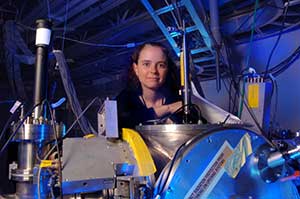
ORISE staff at the University Radioactive Ion Beam (UNIRIB) consortium used the recoil mass spectrometer at ORNL's Holifield Radioactive Ion Beam Facility in the discovery of thulium-145.
1999
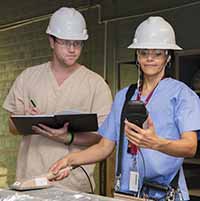
As part of the reindustrialization of DOE’s K-25 plant, thousands of tons of radioactive scrap metal were independently verified by ORISE as decontaminated and safe for recycling or release to industry.
2000—2005
2000
ORISE trained more than 9,000 emergency response personnel in the First Responder Domestic Preparedness Program and more than 740 students in 22 classes across the United States in the Bomb Technician Training Program. ORISE also provided security planning for the Republican and Democratic National Conventions and Summer Olympic Games.
2001

In support of 9/11 response efforts, ORISE staff deployed with other members of DOE’s Consequence Management Response Team for five weeks to safeguard against additional acts of terrorism that might involve nuclear materials.
2004
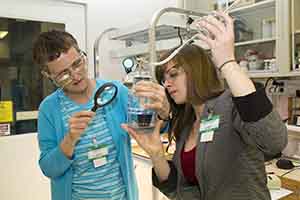
ORISE placed the first teachers in the summer-long DOE Laboratory Science Teacher Professional Development Program at ORNL, established by the DOE Office of Science to engage teachers in the scientific community and help them function as leaders of science education reform.
2004

ORISE began managing DOE's Radiation Exposure Monitoring System (REMS) and NRC's Radiation Exposure information and Reporting System (REIRS). Today, REMS tracks nearly 4 million radiation exposure records on more than 650,000 monitored individuals from 94 reporting organizations at all 32 DOE sites. REIRS tracks more than 6.8 million radiation exposure records on more than one million monitored individuals from 200 reactor and nonreactor licensees.
2007—2010
2007
ORISE coordinated a peer review of 80 proposals for DOE's Innovation Novel Computational Impact on Theory and Experiment Program, which allocated nearly 900 million processor hours to 66 project teams on some of the world's more powerful supercomputers at DOE national laboratories.
2008
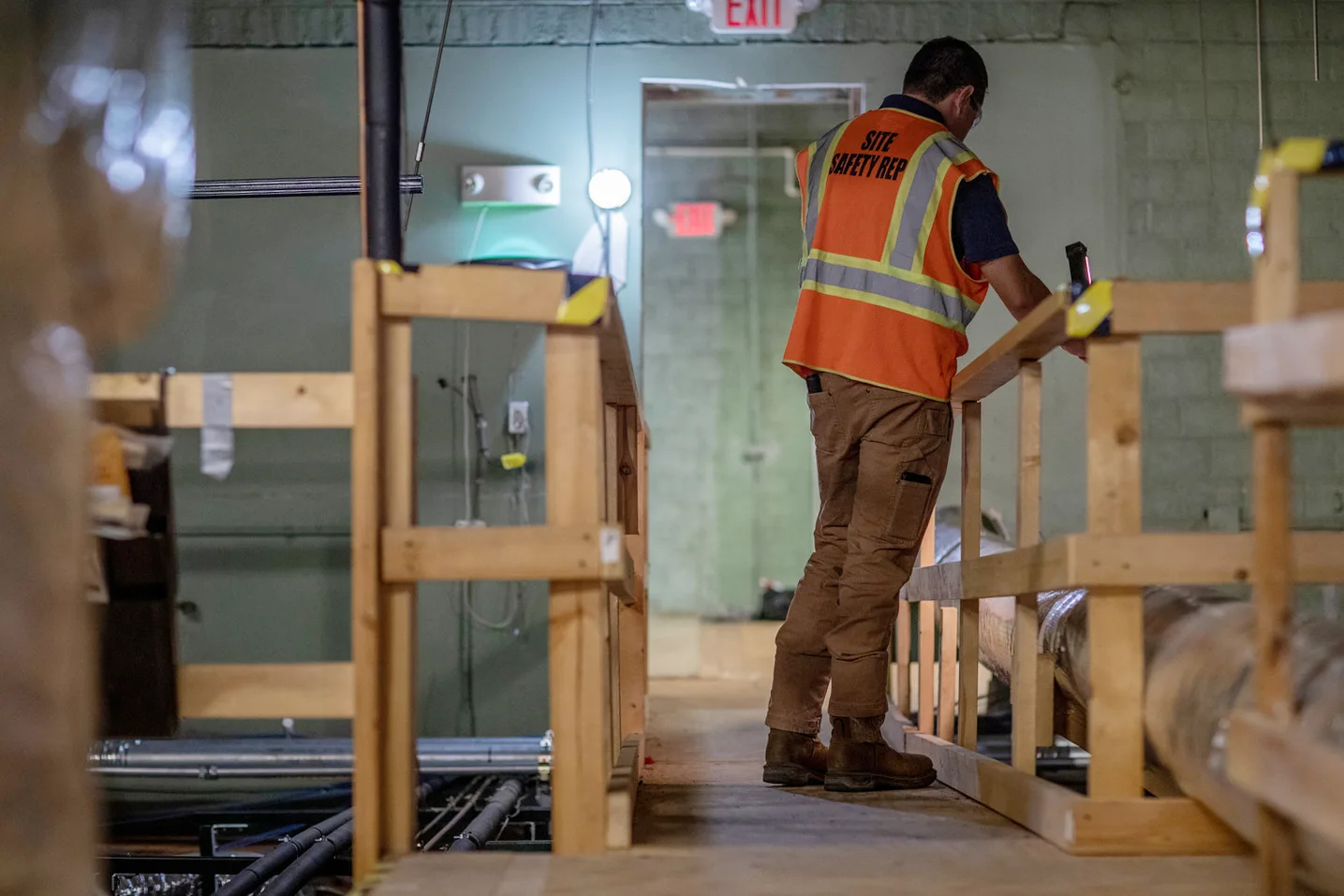
ORISE was named a 2008 Legacy of Stars site. This is a prestigious designation, which is held by only nine U.S. Department of Energy sites nationwide. The designation is awarded to organizations that participate in the DOE Voluntary Protection Program (VPP) and have received the agency’s Star of Excellence Award for three consecutive years. ORISE was named a Legacy of Stars site in 2014. This is the third consecutive time ORISE has received the designation and only one of ten such awards granted nationwide in 2014.
2009
ORISE conducted a two-week review of two facilities competing for the opportunity to design and establish DOE’s $550 million Facility for Rare Isotope Beams, which was ultimately awarded to Michigan State. The facility provides scientists with critical information about the properties of rare isotopes not found on earth in order to better understand the origin of the elements and the evolution of the cosmos.
2009
REAC/TS became the primary U.S. medical contact for the IAEA Response Assistance Network (RANET) for the medical management of radiation accidents worldwide.
2010
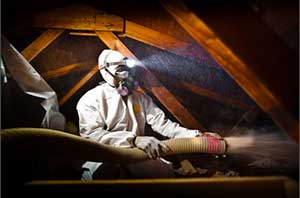
ORISE provided peer review capability for DOE-EERE's funding appropriation decisions for 34 Weatherization Assistance Program training centers. ORISE managed 624 reviewers, reviewing 1,493 applications, with potential funding of awards totaling nearly $611.3 million.
2011—2014
2011
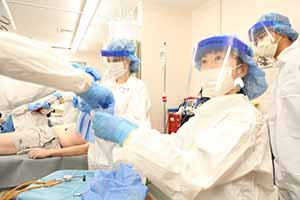
Diverse ORISE capabilities were deployed for DOE to support the U.S. response to the Japan Fukushima nuclear crisis. DOE leveraged the integrated capabilities of emergency management and radiation emergency medical response expertise, radiological characterization, and public health communication to provide support to the citizens and government of Japan, while also addressing U.S. concerns of domestic radiation emergency preparedness.
2011

ORISE characterized the nature, extent, and specific locations of radiological and chemical contamination with DOE's 2.8 million-square-foot legacy facility, K-33, where uranium enrichment had once taken place.
2012
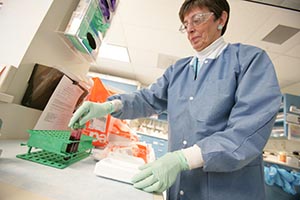
ORISE epidemiologists, in collaboration with Vanderbilt University, DOE, NRC, NASA, and EPA, were selected to help design and execute a largest-of-its-kind study in the U.S. on the effects of long-term worker exposure to low-dose radiation involving more than one million workers.
2013
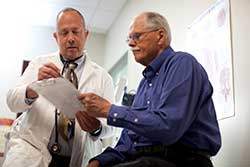
ORISE published its final Worker Health Summary, a ten-year report of DOE complex-wide occupational health data collected on more than 136,000 individuals through the DOE Illness and Injury Surveillance Program. Over the 20 years of the program’s existence 217,000 DOE workers were assessed.
2014
The Fifth International REAC/TS Symposium on the Medical Basis for Radiation-Accident Preparedness attracted nearly 200 participants from 18 countries.
2014
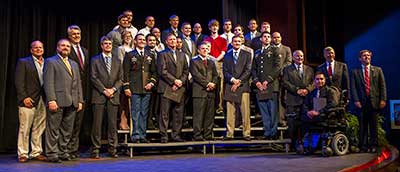
DOE’s Office of Energy Efficiency and Renewable Energy (EERE) launched the Advanced Manufacturing Internship program. Twenty-four participants, which included 14 veterans, three active duty military personnel, two reservists and five civilians, were recruited by ORISE and attended classes at Pellissippi State Community College. They received hands-on training at the DOE Manufacturing Demonstration Facility at ORNL and carbon fiber composites training at the Science & Technology Park on ORNL’s main campus.
2015—2019
2016
In a competitive bid, DOE selected ORAU to continue to manage ORISE with a new, up-to-10-year contract.
2018
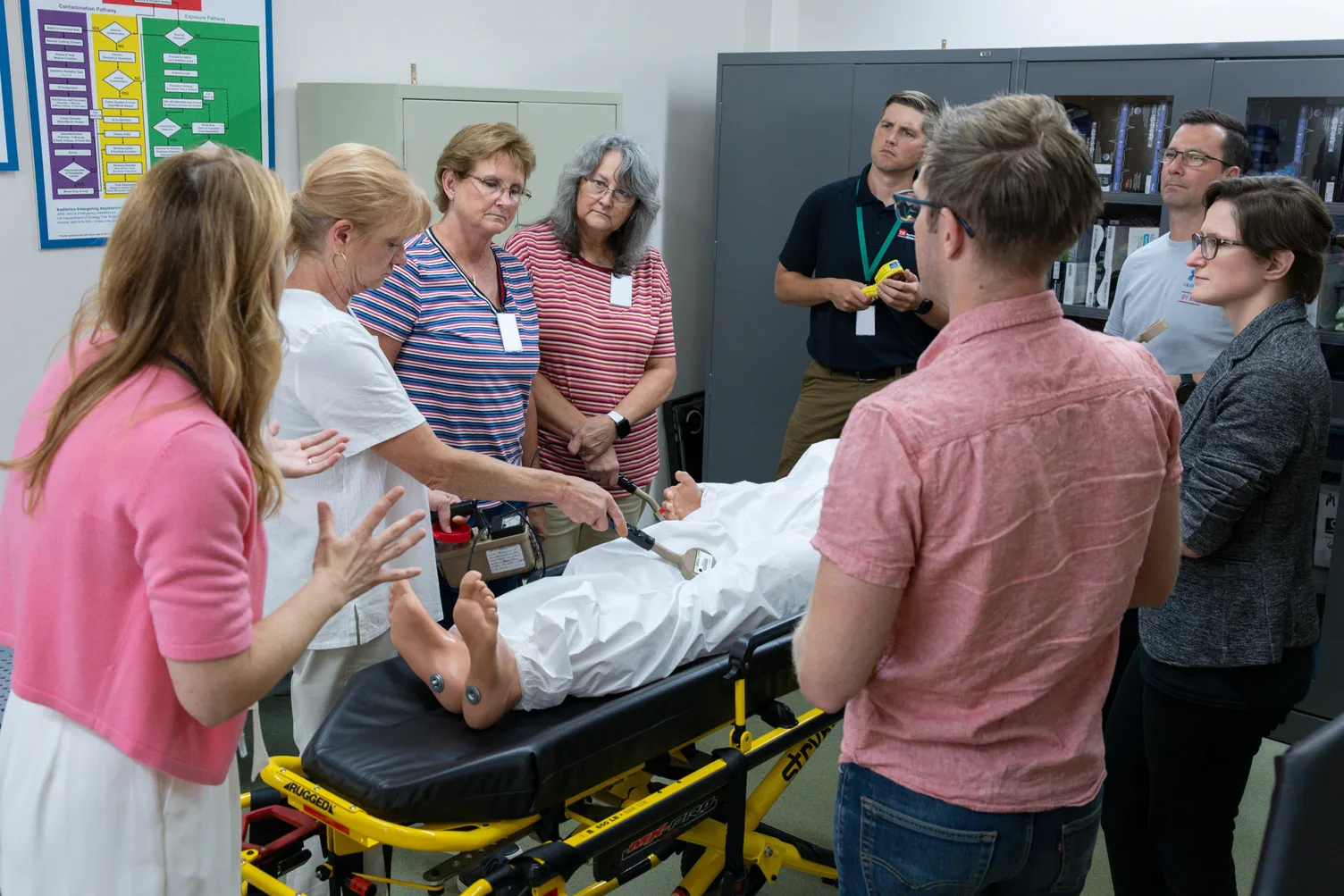
During 2018, REAC/TS made several trips to the Kennedy Space Center (KSC) for meetings focusing on the Department of Energy/NNSA support for the Mars 2020 mission. The meetings presented opportunities to educate medical communities surrounding the KSC in basic radiation physics, patient care, and treatment with medical countermeasures.
2019
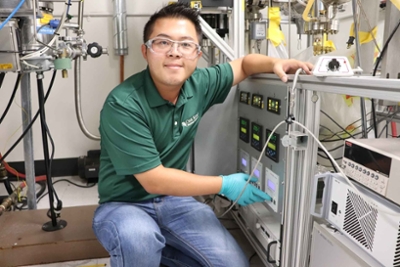
The number of nuclear engineering doctorate degrees awarded in 2018 reached the highest level recorded since 1966. This is according to an ORISE study, which surveyed 35 U.S. universities with nuclear engineering programs.
2020—2024
2020
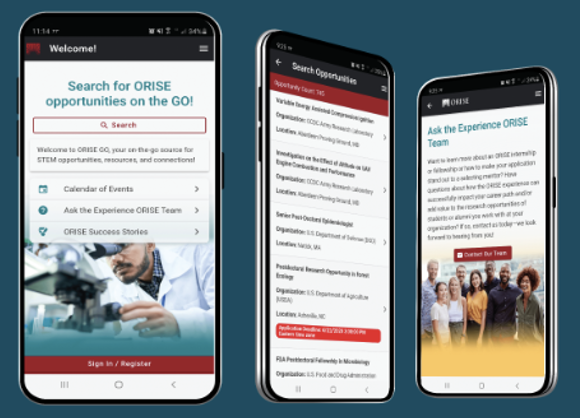
In May 2020, the ORISE GO mobile application launched in both Apple and Google Play application stores. The app transformed the way ORISE communicates by informing, engaging, and connecting participants and alumni. ORISE GO is powered by Zintellect and driven by the resources found on the ORISE website to provide access to opportunities and application/offer dashboards, personalized program content, resources for successful onboarding, and touchpoints through notifications to establish and maintain connectivity with applicants and participants.
2022

For the 19th year in a row, DOE presented ORISE with the VPP Star of Excellence Award for safety, which represents the highest achievement level held by DOE sites nationwide and is presented to contractors that meet exceptional health and safety standards.
2023
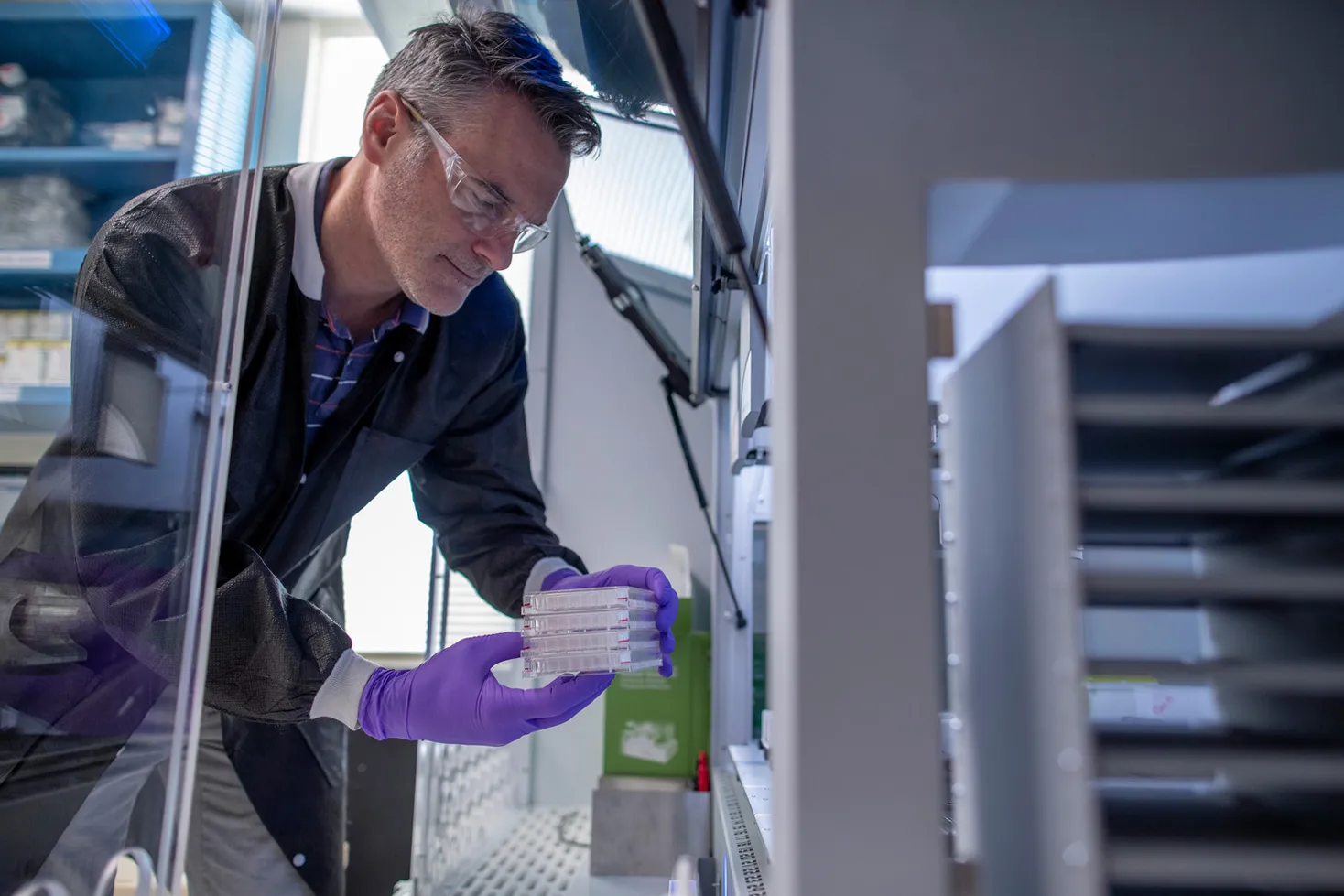
The ORISE beryllium laboratory was recertified by the College of American Pathologists for the eighth consecutive time in 14 years. The laboratory is one of only three nationwide that performs the beryllium lymphocyte proliferation test.
2024

ORISE launched ORISE Connections, an online engagement platform for current and former ORISE interns, fellows, and mentors. More than 1,800 members have joined for networking, expanding knowledge, accessing professional development opportunities and online and in-person events, and sharing STEM experiences with others in the ORISE community.

